


 |
|
Topiary Crow
(Mr. Crow's Garden Series) © 1999 Maria Pahls |
primitive pals #053
© Copyright 1998 Maria Pahls
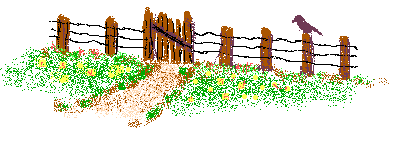
the fence post
(editor's letter)
dear friends:
here is an excerpt from an article i wrote on best loved toys...
for some children it is a blanket, others a rag doll with the face loved clean off, others preferred teddy bears... for me it was a little plush excelsior stuffed puppy, about 6 inches long with a button nose. i still have him, he's missing an ear, parts of his coat are worn down to the weave in the fabric, and apparently i did "surgery" on his tummy once or twice. my "puppy" used to get dressed in doll clothes and taken everywhere now he is just happy to sit atop an old suit case on my book shelves. my dolls, two large plastic, blonde babies were a means to an end. i used them to partake in the neighborhood weekly ritual of being "mommies". you see, it was by playing mommy that i got to have access to the neighbor's dolls....now they didn't have the latest toy store- t.v. commercial dolls, these were old rubber dolls and wonderful cloth rag dolls that i was forever trying to get my hands on.
in my opinion,then & now, my neighbors had the neatest dolls. passed down from their older sisters' (the two girls had 3 older sisters). a doll that i often reminisce of was a large baby doll with the molded plastic painted hair ( i guess it was rubber) and the most realistic blue eyes. he was huge! and he had sleepy eyes, the kind that shut when the doll is laid down. they also had a red-haired girl doll, a bit smaller but the same moving eyes. sometimes we would trade dolls for the day, i always liked that.- when i wouldn't get to do this i usually used the trick of saying, "well, i think this will be my baby today" (meaning the puppy) and that would throw everything off and we'd pack up for the afternoon. they also had plenty of other neat toys, the original board games that had real wood pieces and the neatest circus set and paper dolls...so it was at their house i spent much of my time as a child, and believe this is why i'm so fond of the older toys.
primitively yours, maria pahls
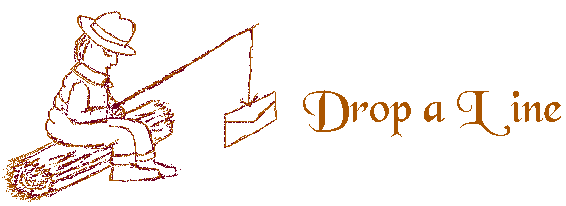
miscellaneous letters sent in by readers
rosetta tells us about her recent finds:
"I've been spending lots of time lately in thrift stores and have found some wonderful bargains including a great suitcase for display and a chenille bedspread for making bears& bunnies. I've also been fortunate to find pieces of enamelware to use as displays for small dolls and pins.
It's too addicting!"
primitive ponderings
questions asked by readers, then replied upon in later issues.
new question
does any one have tips for aging black fabric? -Donna
tips & techniques
DETERMINING FABRIC CONTENT
well here are some relative tests that can help determine their content for fabric: carefully burn a swatch of the fabric. those fabrics that are synthetic should melt and smell of petroleum. those fabrics of cellulose (made of plants)like rayon or cotton will smell similar to burning leaves or paper. those of protein, such as wool or silk will smell like burning hair. the cellulose and protein fabrics will turn to ash rather than melting as a synthetic would. combination fabrics may be a bit harder to determine, but this is just a basic guideline...
DETERMINING BUTTON MATERIAL
some folks claim they can tap a button on their teeth to see what it is made out of, wonder if this evolved from biting on a coin to see if it's real gold or not? any way if you feel a button and it is cool to the touch, Like a stone, generally (unless its been in the freezer) it is shell,bone or glass. a plastic button would be warmer to the touch. gee that doesn't sound too decisive! especially if the buttons have been sitting in the hot sun on a flea market table! does anyone have a better way to tell what a button is made of? maybe putting them in water, the shell ones would sink and the wood and plastic would float? i don't know, i would say most can be determined by eye balling them, but a test would be nice....
GREEN PRIMITIVE THUMBS UP!
if your garden is like mine it explodes with color this time of year. soon, though, the blossoms will fade into brown crunchy skeletons,"yuck"! faced with the dilemma of adding more plants that require what little spare time i have, or items of interest, i opt for the items of interest. incorporating some permanent pieces to ground the garden -no pun intended! -and primitive ones at that, is as easy as finding some vines and what nots.... so here are some of my ramblings of ideas you might try. FOR YOU NON-GREEN THUMBED:these items could double as props when you display your wares for sale or take pictures of your items for patterns.
VINE:
how about putting those vines to use? the woods near my home plays host to more than enough of those viney weeds, called "grape vine" that strangle and cover every thing! i like to tear them down and make wreaths,but in looking for other uses i have found that they can be fashioned into decorative bee skeps, even wattle fences. any sturdy vine could be used, as long as it is the proper thickness and not too green. some bee skeps are fashioned out of straw or pine needles wrapped in a coil basketry technique. these are generally functional (the added entry hole welcomes bees, it's absence keeps them out) . the vines also can be used to make a decorative bee skep. (tip:if your vine has been sitting around,soak it submerged, in warm water for several hours-it can be weighted down with a brick)
MORE ON WATTLE FENCE.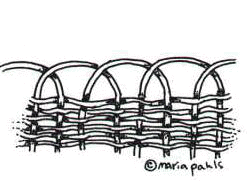
these are fairly simple in concept but can be time consuming to construct. start by deciding how tall you want your fence to be. cut young tender saplings and sharpen them at one end. this sharp end is pushed into the ground. next harvest lots of vine, it should not be green. take the vine and twine/weave it in and out of the posts that you made with the saplings. when you reach the end you can come back around the posts again until you run out. tuck the end in the weaving you have already done and start a new vine piece (tucking in the starting end as well). weave from the ground up until your fence is the desired height. a less time consuming variation of the fence is to sharpen both ends of the saplings and bending them to form upside down U's. over lap the U's and just weave vine at the ground and the point where the up side down U's over lap.
STATUARY.
these are readily found at garden centers and road side stands in forms of animals, religious or architectural styles. you can also find great stuff at salvage yards such as old building cornerstones or accent pieces such as sinks, bathtubs and water fountains (which can look stunning as fountains or birdbaths). some newer concrete casts even have the appearance of patina or age....to give your new statuary that moss covered look, brush on a little plain yogurt and press on moss that has been dried and pureed with a bit of water in the blender. keep in a cool shady place and gently spray with warm water daily. the moss should start to grow within a few weeks. this can also be used to age terracotta planters or urns. or for that look of an old metal piece try applying (this will need to be sealed to remain out doors) "instant rust" product to the concrete statues. you can also apply a watered down solution of latex paint in colors like moss green or gray, even black to concrete troughs or pots. use a wet sponge to wipe down the paint before it is dry and the remaining paint that stays in the crevices will give the appearance of age.
while you were getting your statuary at the salvage yard you may have noticed some old windows ,doors or mirrors, these are also items that can be incorporated into the garden (but be careful of lead paint).

"The Miller's Wife"
by Paula Setters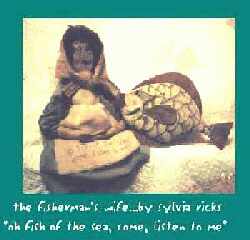
"The Fisherman's Wife"
by Sylvia Ricks
burlap sack
Rustic Remnants (Deb Fritts)
new address is:
64 Robin Hill Rd.
Bechtelsville, PA 19505
(610) 845-0164
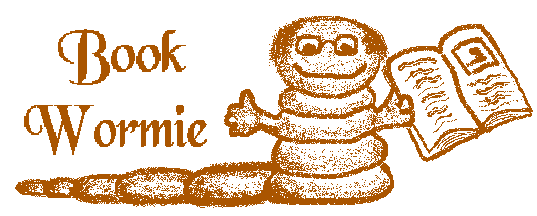
book reviews
&
books of interest
Garden Ornaments : A Stylish Guide to Decorating Your Garden
by Martha Baker, Chuck Baker
Hardcover June 99
ISBN: 0609602640
GARDEN JUNK
http://homearts.com/clg/books/a7bookb3.htm
"where, exactly, does one find a 1920's watering can, a 1950's tubular-steel lawn chair,or an early lawn mower? Veteran collector Mary Randolph Carter knows. the book lists sources (complete with addresses) and the amount paid for just about every item photographed...explains how to make a scarecrow, a garden tent, or an arbor out of snow fencing. Techniques for aging garden artifacts (using a tincture of manure and water, for example) are also included."
excerpt from country living gardener book review

web sites of members & other sites of interest
all sorts of bags for your pattern making and crafting needs;
http://www.bagsplus.com/
engelman antiques home page:
HTTP://WWW.ENGELMANNANTIQUES.COM/
visit the gallery of Dolls /American Design-lots of history and informational tidbits
http://www.nga.gov/collection/gallery/iaddoll/iaddoll-20349.0.html
making bee skeps
http://www.comp.glam.ac.uk/pages/staff/mreddy/skepfaq/
wattlefence/example of large
http://www.mountvernon.org/pioneer/farms/waddle.html
prose
little miss mary,please let me know,what's in your garden besides things that grow?
"old pots and what nots
rakes and pails-toads and snails
a chair of vines, old wood signs
a scare crow, a fence row
chimes that ring and birds that sing,
a bee skep, stones to step,
a house for a toad and tools that are old,
these things my garden does have."
c1998 maria pahls
All rights reserved. No part of this newsletter may be reproduced without written permission from the publisher, except by a reviewer who may quote brief passages in a review with appropriate credits; nor may any part of this newsletter be reproduced, stored in a retrieval system, or transmitted in any form or by any means -- electronic, mechanical, photo- copying, recording, or other -- without written permission from the publisher.
 HOME PAGE
HOME PAGE